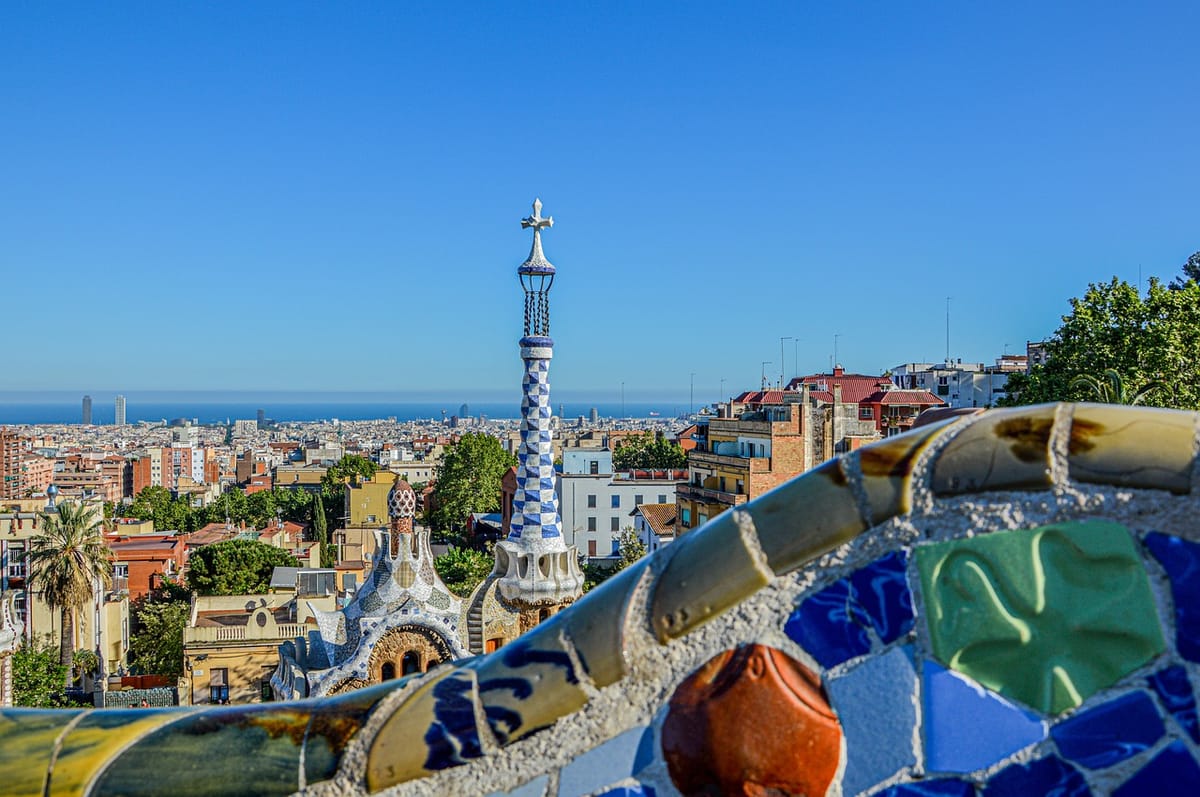Top Wineries in Barcelona
The wine region of Catalunya, comprised of 11 wine areas, is home to some of Spain best wineries, and is among the world's topmost wine regions.
Terra Alta
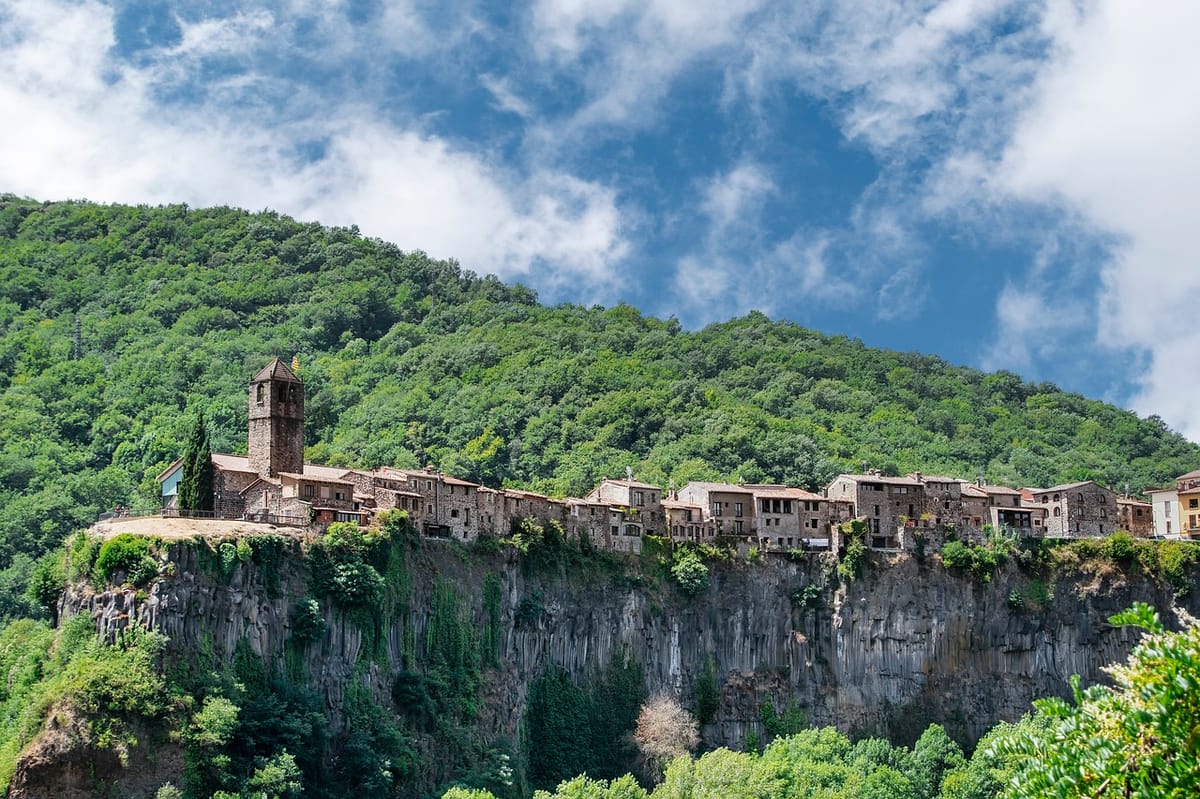
Known as the most southern wine-making region in Catalonia, the region boasts low rainfall, lots of sun, and the soil that barely allows liquid in providing for chocie harvests of really punchy wine, as a result.
Here you can find wine from a whole bunch of diverse grape varieties.
The Red Wine is produced from carinena(mazuelo), garnacha negro, and garnacha pleura grapes while the whites are made using blanca and macabeu.
The white wines stand out from the rest of the regional tipples by their fresh and balanced bouquet, while the roses taste fruity, and reds potent featuring a dark ruby color.
It is not just rare grapes and nice taste, it is also the marvelous positioning of the vines, some of them grow along terraces, making the region an aesthetic treat to both wine-lovers.
Note that is is not just wine that attracts tourists to the region, here you can also take part in one-of-its-kind viticultural events like Espai del Vi i del l'Oli, highlighting the quality of the region's olives and wines, and held throughout the year, or visit a modernist wine cellar situated in Pinell de Brai, featuring a ceramic glazed frieze crafted by Xavier Nogues.
Also bear in mind that you can go trekking along Ruta del Vi, a perfect hike for wine connoisseurs through an area dotted with top-quality wineries, and to see the marges that mark the route, reminding of the long viticultural tradition of the region.
Montsant
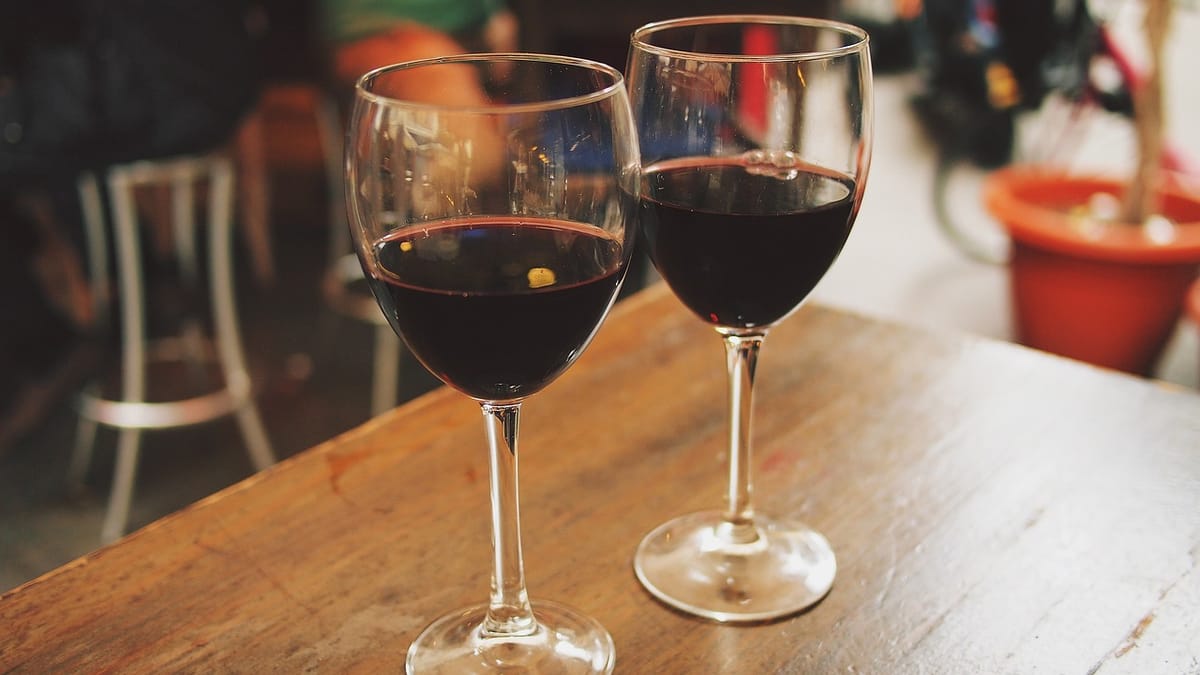
Composed of El Priorat, counting among its wineries such ancient sites as Scala Dei, one of Priorat" first monastic wineries, tracing its history to the 12th century, and La Ribera d'Ebre, the region is a veritable hidden gem. Its second winery and third winery did not fail their progenitor and lived up to the public's expectations with their super winery offers.
Once it split from the larger wine region of Tarragona, it has become prized for the rare grapes it produces, among which the following are especially prized: garnacha blanca and macabre for white whines; and tempranillo, garnacha blanca and carinena for the its bottle-aged reds.
Don't miss out on mistelas, mature wine, sweet wine or vimblanc or any other liquer wine from the region.
Bear in mind that the region is known for differences in temperature between nigth and day, which impacts the ripening of the grapes.
Since the harvest is quite limited the wine from Monsant is especially appreciate among the wine-connoseur community.
Also, note that you can go for a hike in Monsant along the maze of wine-makers' trails. Or, visit Fira di Vi, taking place in Falset every April since 1995.
Penedes
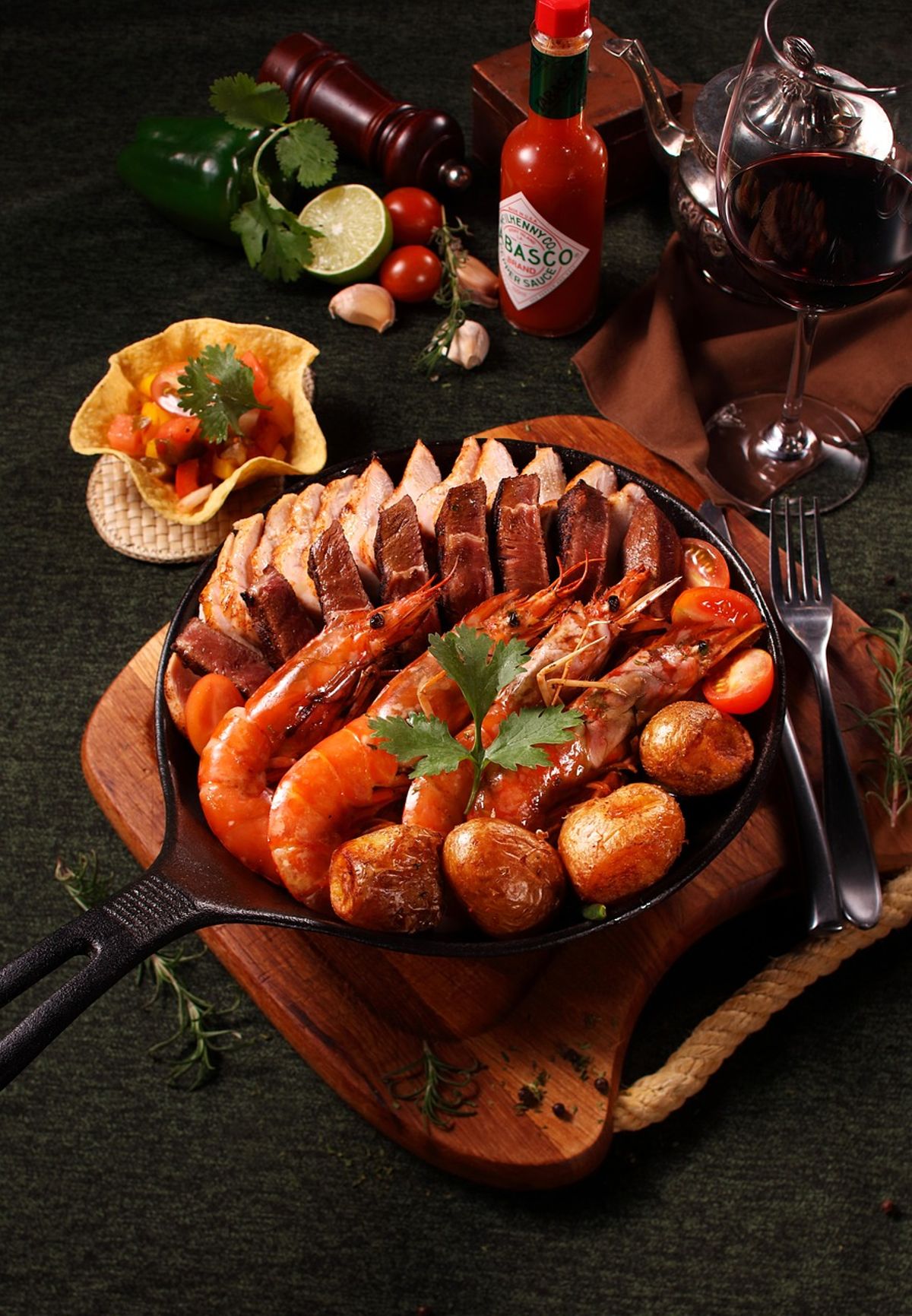
Renowned throughout the Ancient World, Penedes is one of the cradles of Spanish viticulture. Since the Romans, its vintage travelled far and wine as far as Brittany and even Mauritania.
Penedès wine region' s Designation of Origin covers an area boasting Catalonua's highest wine output, while the surfaces of its vines go beyond 25,000 hectares.
Split into El Baix Penedes, prized for its whites; El Penedes Central, famous for its xarelo and macabeo wines, as well as for its cava production and cava, of which 95 % are produced here, and El Penedes Supeiror, renowned for its outstanding parellada variety, and home to arguably the region's best wines and wineries.
Note that is not just its fragrant whites and ambrosial reds, that lure wine aficionados from all over the world.
You can go on a culture trip around Penedes' two main wine capitals, Vilafranca del Penedes and Sant Sadurni d'Anoia, known for its wine expertise and hospitality, as long as pretty townscape.
Don't lose out on a visit to Museu de les Cultures del Ví de Cataluña, one of main tourist magnets in Villafranca, housed in a Medieval palace dating back to the 13th century.
Conca de Barbera
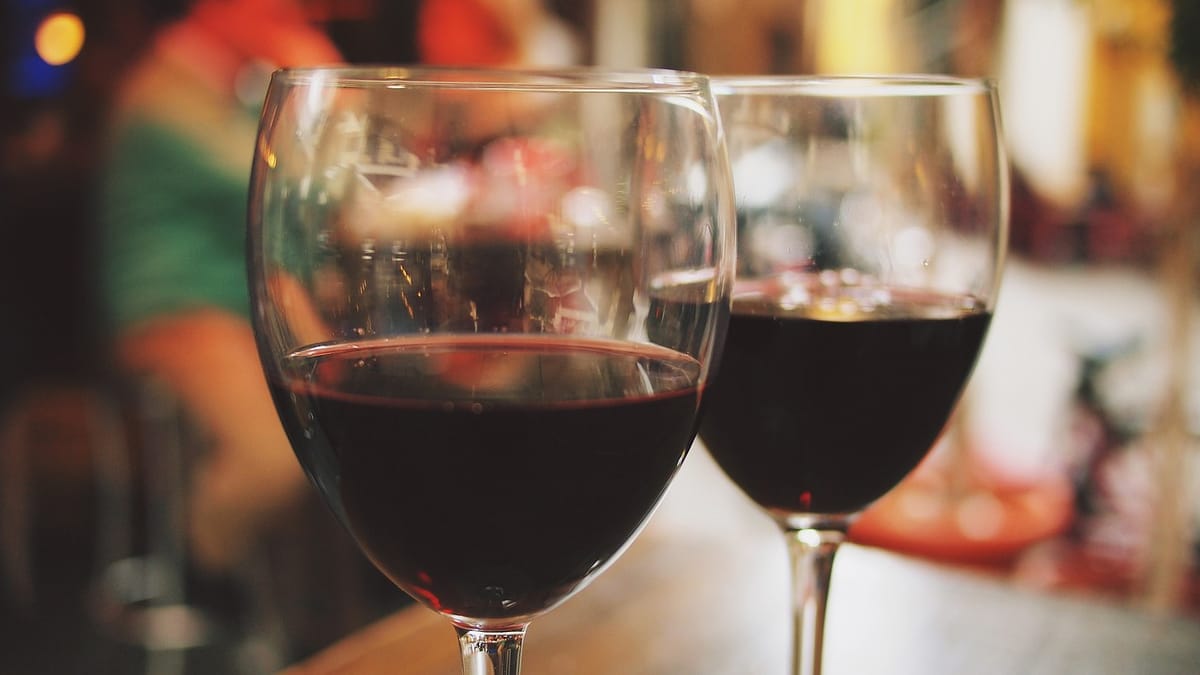
When, in 1894 a group of Spanish wine aficionados established a union of wine makers, few would have anticipated the success of their enterprise.
Now, the modernist wine cellars that originated with the movement are known all across the European wine-loving millieu as wine cathedrals, prized for their rose, called trepat, made from a native vine variety.
And the whites, produced from chardonnay grapes and consumed by the most blase wine experts.
Among the top wine cellars to visit on your trip to Conca de Barbera are the following: two wine-caves by Pere Domènech i Roura: the l'Espluga de Francolí cooperative wine cellar (from 1912) and the Sarral cooperative wine cellar (1914), and four cellars in Barbera, Rocafort de Queralt, Montblanca and Pira by Cesar Martinell.
Don't miss out on a visit to Museu de la Vinya y el Vi in Prenafeta, one of the best tourist experiences to have a glimpse into the region's rich wine-making past.
Costers del Serge
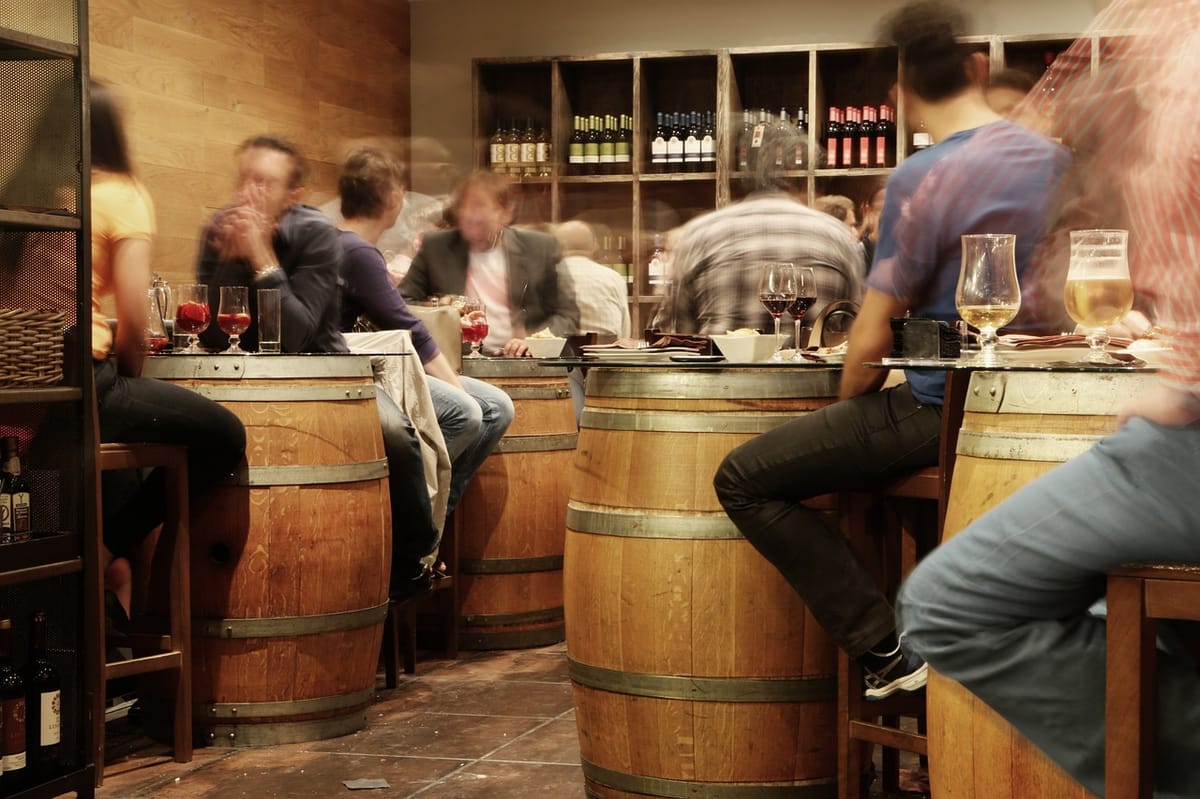
Combine wine-tasting and sight seeing on your trip to Lleida-Costers del Serge DO region.
Numbering over 140 bodegas, as small wineries near Barcelona are known, it includes the regions of Pallars Jussa, el Segrita, el Urgell, las Garrigues, la Noguera and la Segarra.
Whereas in las Garrigues you can try out its singature olive oil, and see its olive groves, in Raimat you can wash down the region's mouth watering cuisine with Raimat's wine, from the area's largest winery.
Once done with the wine-tasting, head to 18th-century-built Castell del Remei castle, situated in Penelles village; Santa Maria Church, a Gothic edifice put up in the 14th century; and Tremp, a stop along Trend des Llacs train line, a great point to go for a hike into the Catalan viticultural paradise.
Pla de Bages
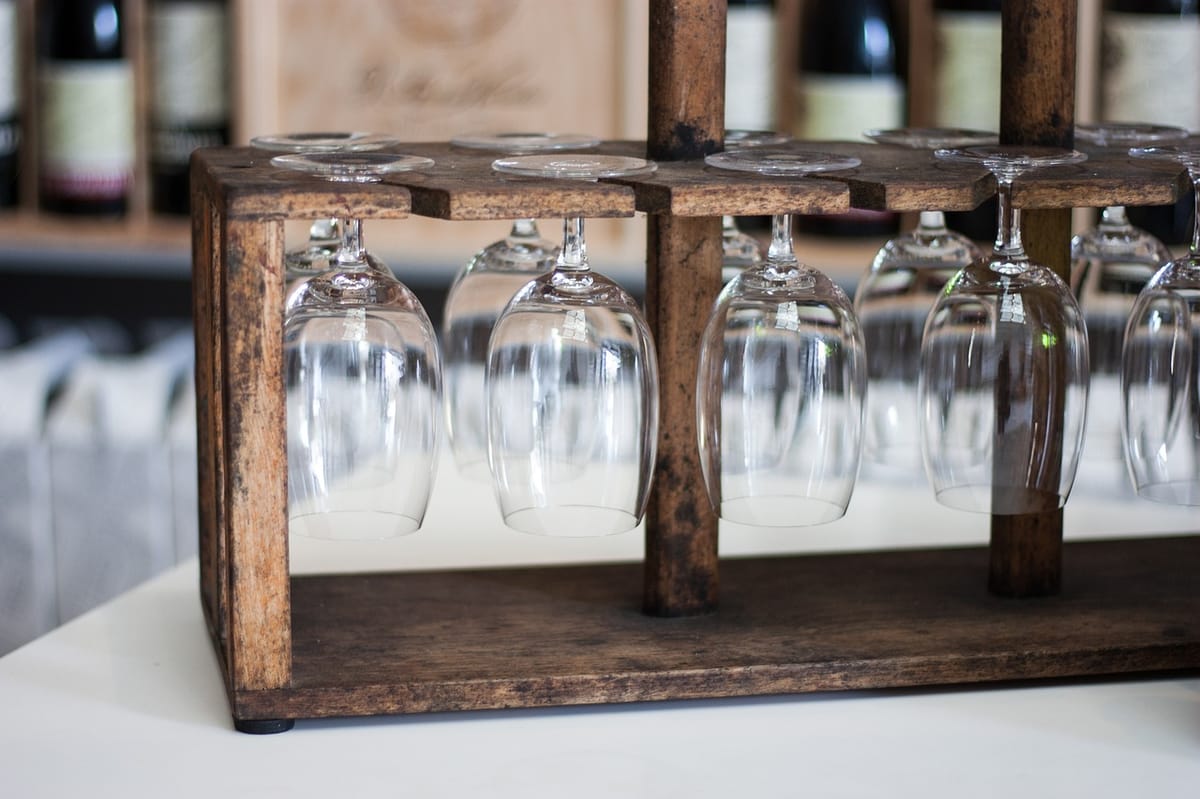
Lying near the Montserrat Mountain Range, Pla de Barges is a wing making region with a long history dating back centuries.
Even though the wine-making traces its root to the monastic community of the region, it was in the 1990s that a cluster that included 14 wine cellars, predominantly from Manresa, Sant Fruitos de Bages, Artes, Salellas, and Maians was set up and was given its own DO: Pla de Bages Designation of Origin.
Here you can come across unique huts set up in the vineyards and used to give shelter to the farmer and to store their equipment.
To see how farmers lived head on a hike along Sant Llorenc del Munt i'Obac Nature Sanctuary's trail running through the valley of El Flequer.
Here you will explore the world of rabassaires, farmers who would rent land to from the rent owner to work it), and see another distinctive feature of the landscape: huge wine-making vats that here were put up right on the hill slopes, instead of inside.
Emporada
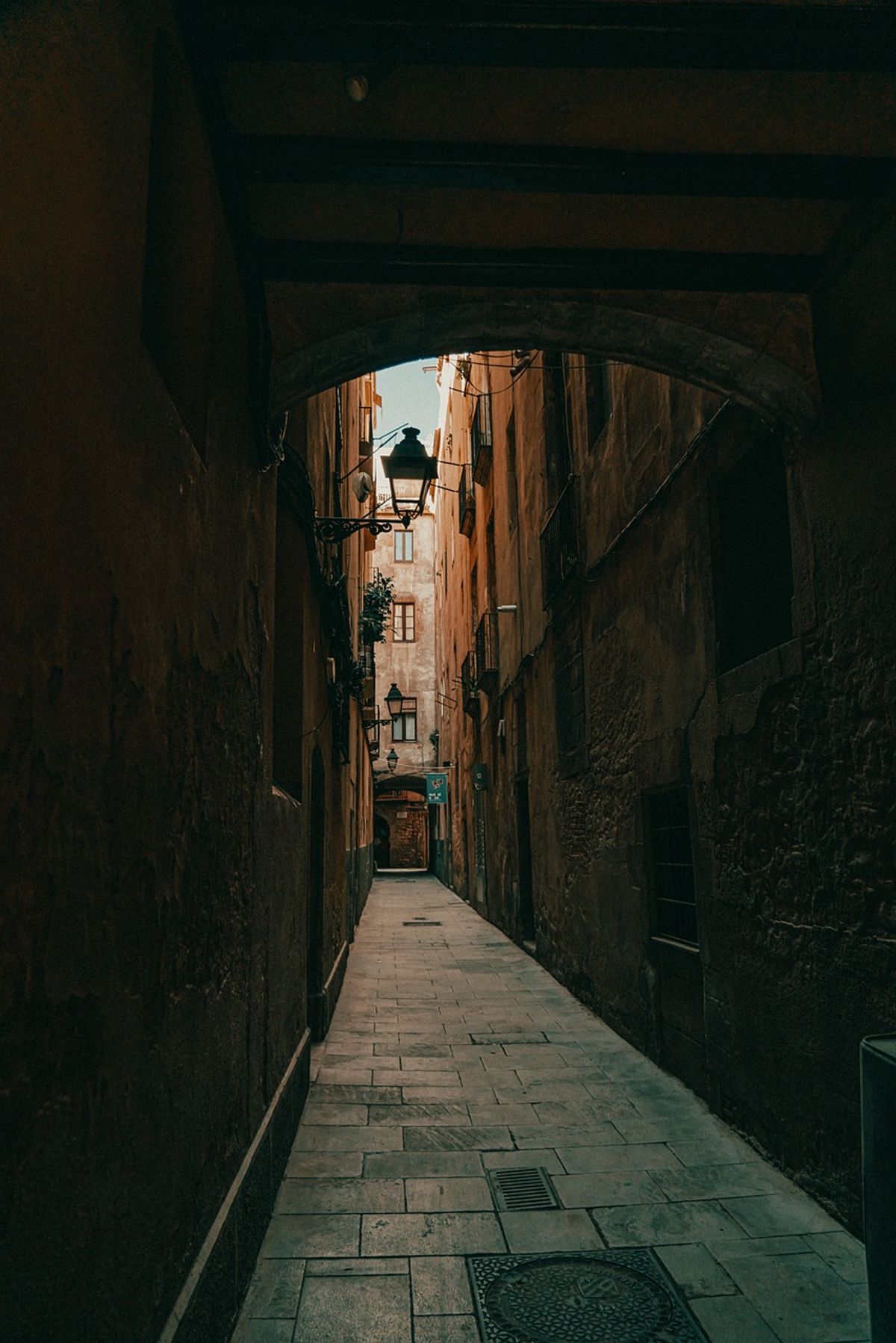
Looking for some of the best wineries in Spain? Look no further then Emporada!
Consisting of two areas, northern, Alt Emporada, and southern, Baix Emporada, the region is known for producing not only cavas, but also reds, whites, and even roses, to add to its tradtional wines.
First introduced by the Phoenicians in the 5 century BC, the wine-making tradition passed to ancient Romans, Benedictine monks before growing into what it has become: a veritable hidden treasure of Catalonia.
Head to the Monastery of Sant Pere de Rodes, to see a treatise on wine-making written by Father Pere de Novas as far back as 1130.
Even though before it was generally mainstream heady wines, now the region has re-focused on craft wines.
Tarragona

One of the best spots to look for wineries near Barcelona and sample Catalan wines, is Tarragona. Made from over 73 towns, the Tarragona DO is prized by wine-aficionados thanks to mild Mediterranean and its light soil, rich in chalk.
Sought by the English aristocracy since the 19th century, the region is a hidden treasure for a wine buff. Here you can find sweet white wines, featuring bright color; fairly low alcohol content, and ultra low acidity; and powerful fragrant reds, and its ambrosial roses.
But it is not just that it is also Institut Catala de la Vinya i el Vi, housed in Oenological Station, a historical viticultural site; the Nules Farming Copperative, created by Cesar Martinell; Vinya Janine, where you can go for a horseback riding session, as well as wine-tasting and some bits of the mouth-watering Catalan fare.
Allella

Known for its sandy terrain, featuring elements of granite and white-colored, the area is also prized for its mild Mediterranean climate and its unique grapes...
Here you can find planted the pansa blanca, a grape-type similar to the xarello, from which wines like Marfil White Wines are made, whereas the reds have been manufactured using garnacha negra grapes.
Head here in September to see the harvesting and keep in mind that the region has been considered one of the Catalan capital, Barcelona's main wine sources.
Best wine tours in Barcelona wineries

Outside the tasting room, a visit to wineries near Barcelona allows for unique access not only to the wine tasting courses but also visits to the surrounding vineyards and the Catalan wine country, producing sparkling wines, red wines, and white wines, for some great wine tasting.
The wine tours will allow you to tour wine regions near Barcelona and its wine country; its best wineries, a cellar tour selection suitable to the most jaded wine lover, a bespoke wine bar selection, to add to other must-dos of the Catalan wine world.
Also on the menu are nice food tour options, e-bike tour excursions, and visits to other wineries located near the Mediterranean sea; checking out other aspects of the wine industry such as its lesser-known still wines production sites that can be combined with paella workshops; day trips to best vineyards outside Catalonia,
Best wine tastings
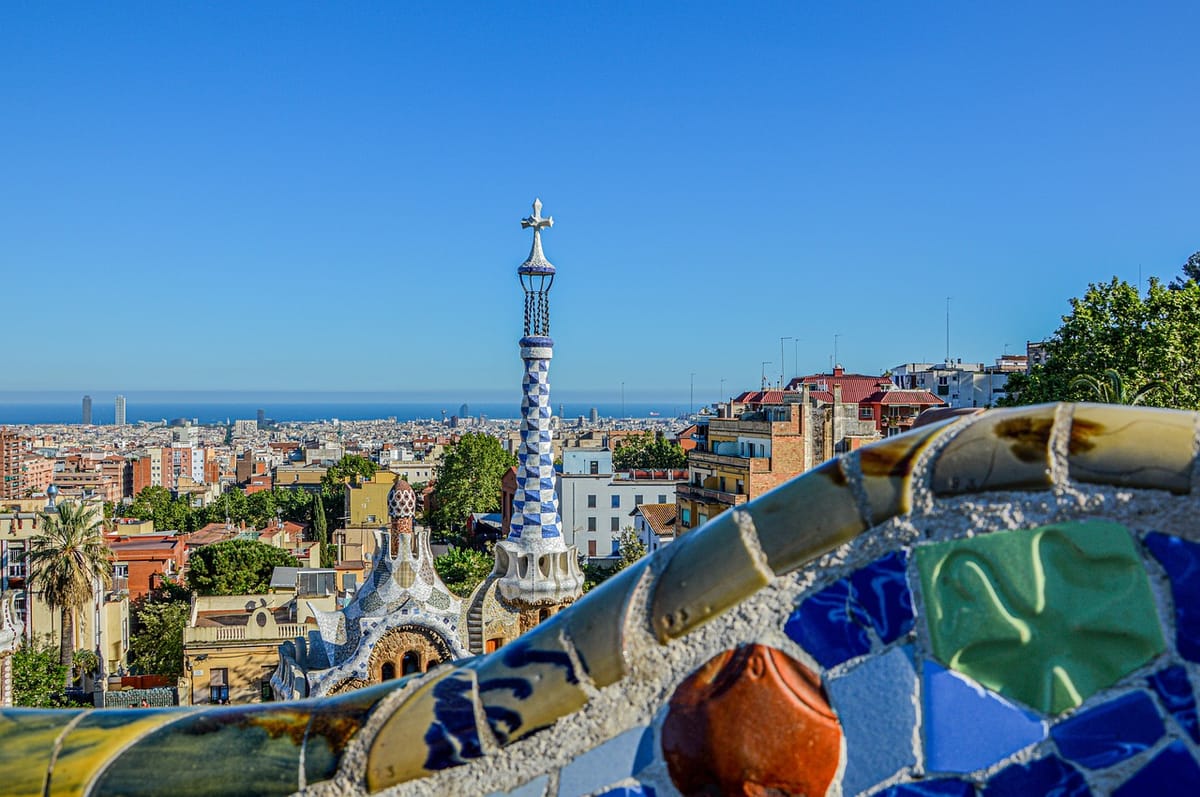
One of the reasons behind the success of wine tourism in Barcelona, is its organic wines, especially red wines.
You can visit the picturesque wineries near Barcelona where they are produced on a private tour for cava tasting, sparkling wine tasting, ecological wines tasting, guided by a guide with expert wine knowledge.
What are the best sweet wines to drink in Barcelona?
Whether on a winery tour or solo, don't miss out on bouquet d'Alella, a vineyard known for its delectable sweet wines.

